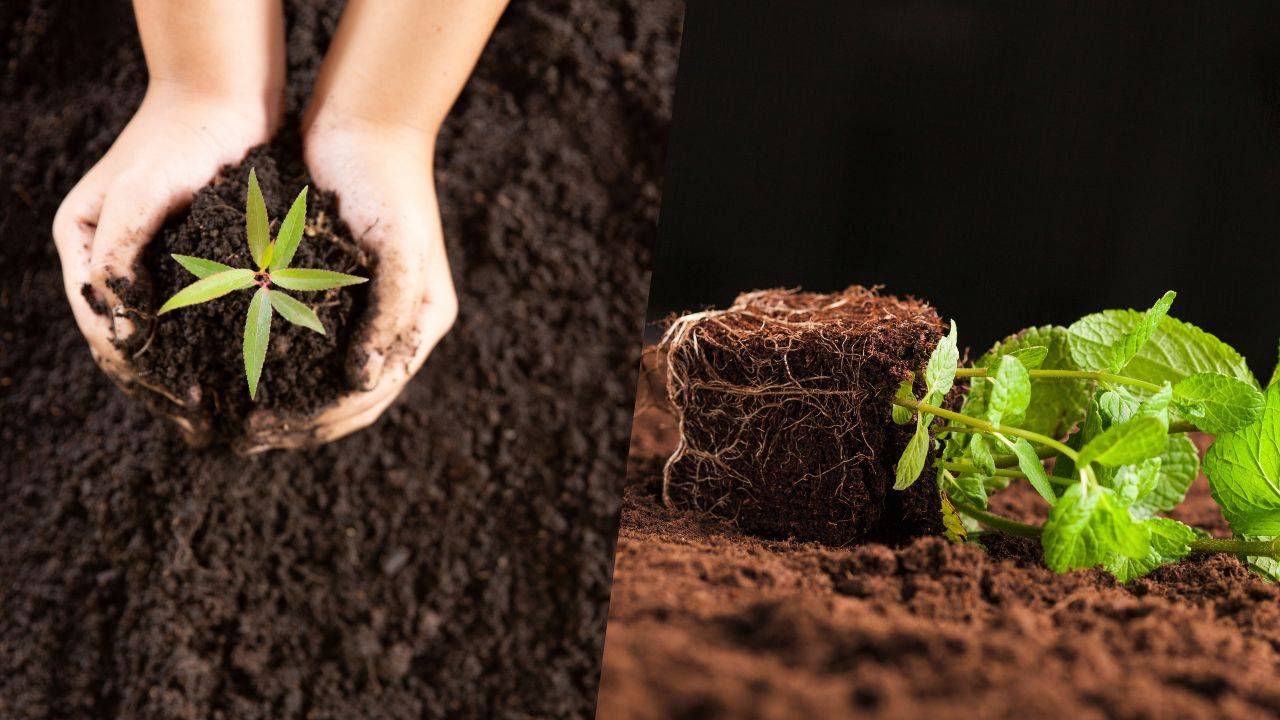
Cocopeat, also known as coconut coir or coconut peat, is a versatile and eco-friendly growing medium that has gained popularity among gardeners and horticulturists.
It is made from the fibrous husk of coconuts and has numerous benefits for plants.
What is Cocopeat?
Cocopeat is a natural byproduct of coconut processing. It is obtained from the outer husk of coconuts, which is usually discarded as waste. Cocopeat is essentially the ground-up coconut husk fibers, which are then processed into a usable growing medium. It is available in various forms, including blocks, pellets, and loose fibers.
Making Cocopeat at Home
You can easily make cocopeat at home with a few simple steps:
Materials Required for Cocopeat:
-
Coconut husks
-
A sharp knife or shredder
-
A large container or tub
-
Water
Steps for Making Cocopeat
-
Collect and Prepare Coconut Husks:
Begin by gathering the coconut husks. Ensure they are clean and free from any contaminants or mold. -
Shred the Husks:
Use a sharp knife or a shredder to break down the husks into smaller pieces. The finer the shreds, the better the cocopeat will turn out. -
Soak the Shredded Husks:
Place the shredded husks in a large container or tub and soak them in water for at least 24 hours. This will help soften the fibers and make them easier to work with -
Drain and Rinse:
After soaking, drain the water and rinse the shredded husks to remove any excess salts and tannins. -
Dry the Cocopeat:
Spread the rinsed shredded husks in a sunny spot to dry. This may take several days, depending on the weather conditions. Make sure the cocopeat is completely dry before using it as a growing medium. -
Store for Later Use:
Once dried, store the cocopeat in a dry place in an airtight container or bag. It can be stored for an extended period without losing its properties.
Benefits of Cocopeat
Cocopeat offers several benefits for gardeners and plant enthusiasts:
-
Environmentally Friendly
Cocopeat is a sustainable and renewable resource, as it is made from coconut husks that would otherwise be discarded as waste. Using cocopeat helps reduce the environmental impact of traditional soil-based gardening.
-
Excellent Water Retention
One of the outstanding properties of cocopeat is its ability to retain water. It can hold up to 10 times its weight in water, providing a consistent moisture level for plants. This helps reduce water usage and ensures that plants receive adequate hydration.
-
Enhanced Aeration
Cocopeat has excellent aeration properties, allowing the roots of plants to breathe and access oxygen. This promotes healthy root development and prevents root rot.
-
Nutrient-Rich
While cocopeat itself is relatively low in nutrients, it has the capacity to hold and release nutrients over time. This makes it an ideal medium for adding fertilizers and supplements tailored to the specific needs of your plants.
-
pH Neutral
Cocopeat has a near-neutral pH, which makes it suitable for a wide range of plants. It can be easily adjusted to the desired pH level by adding the appropriate amendments.
Making cocopeat at home is a simple and eco-friendly way to create a versatile growing medium that offers numerous benefits to your plants. Whether you're an experienced gardener or a beginner, cocopeat can enhance the health and vitality of your plants while contributing to a more sustainable gardening practice. Give it a try, and watch your plants thrive in this natural and beneficial substrate!











